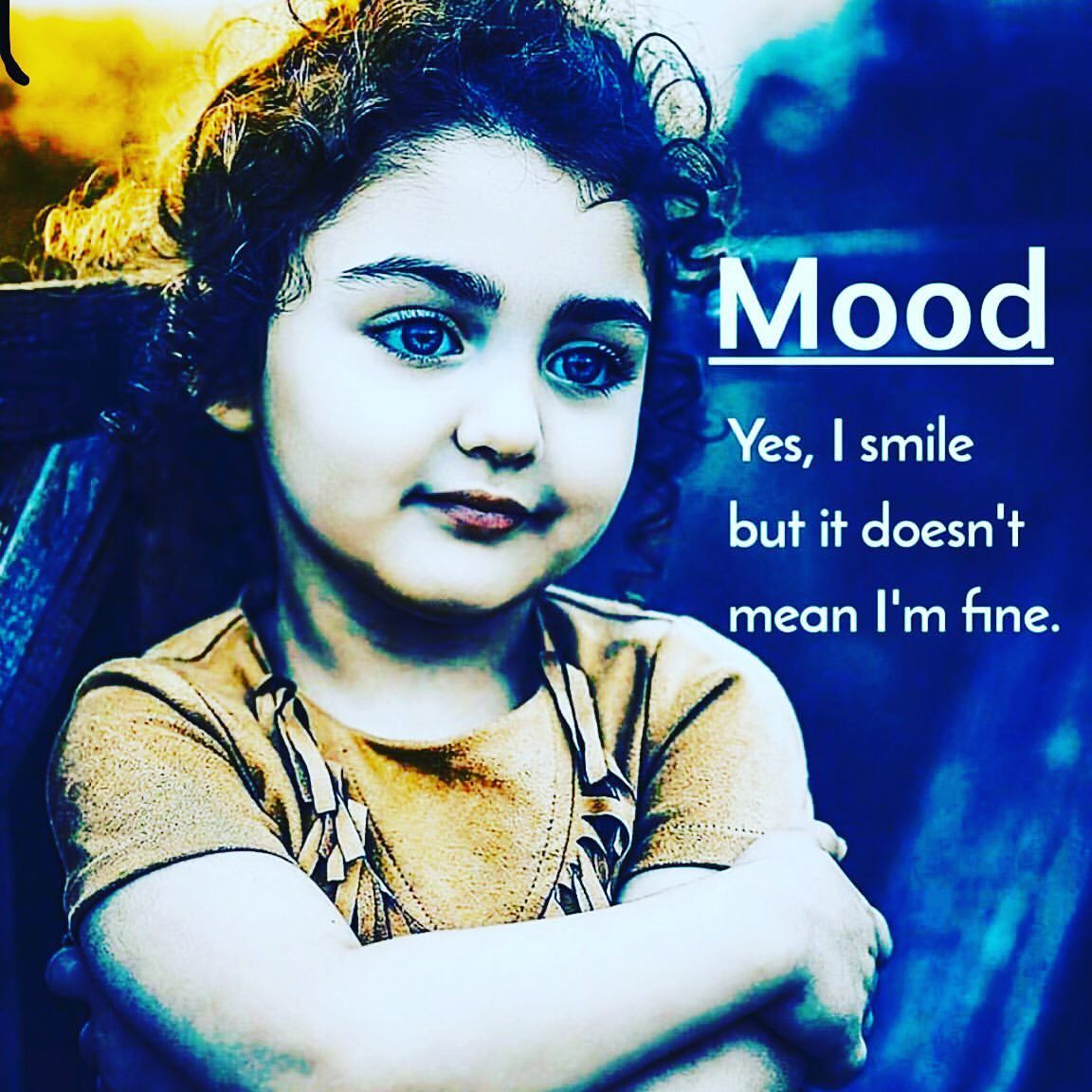The Evolution Of Livestreaming: From Ye's Vision To Cenat's Dominance

Table of Contents
The Early Days of Livestreaming: Pioneering Platforms and Experimentation
Early Adopters and Technological Limitations
The earliest days of livestreaming were characterized by experimentation and technological limitations. Platforms like Justin.tv, launched in 2007, were among the pioneers, offering a space for users to broadcast their lives in real-time. However, early livestreams were often plagued by poor quality video and audio, limited bandwidth, and restricted accessibility. Reaching a wide audience was a significant challenge.
- Examples of early livestreamers: Many early adopters were gamers showcasing their skills, musicians offering impromptu performances, or individuals simply sharing their daily lives.
- Challenges faced: Low-resolution video, frequent buffering, limited audience reach due to slow internet speeds, and a lack of sophisticated broadcasting tools.
- Early use cases: Gaming broadcasts, early forms of vlogging, and music performances were some of the first applications of this burgeoning technology.
Kanye West and the Early Adoption of Livestreaming for Artistic Expression
Kanye West's early embrace of livestreaming demonstrated its potential as a powerful tool for artistic expression and direct fan engagement. He used the platform to release music, announce projects, and connect directly with his audience, bypassing traditional media gatekeepers. His livestreams often incorporated innovative visual elements and performances, showcasing the medium's creative possibilities.
- Specific examples of Ye's livestreams: His "Donda" listening events and other surprise announcements offered glimpses into his creative process and fostered intense anticipation amongst his fans.
- Innovative aspects: The unconventional nature of his livestreams, often blurring the lines between performance art and casual interaction, stood in stark contrast to established norms.
- Impact on his fanbase and the music industry: These events created a sense of exclusivity and fostered an intense connection between the artist and his followers, revolutionizing music promotion.
The Rise of Twitch and the Gaming Community
Twitch's Impact on Livestreaming Culture
Twitch, launched in 2011, revolutionized the livestreaming landscape. Its focus on gaming, coupled with its user-friendly interface and robust community features, quickly propelled it to the forefront. The platform fostered the growth of esports and created a new breed of celebrity: the professional streamer.
- Key features that contributed to Twitch's success: Easy-to-use interface, integrated chat functionality, extensive streaming tools, and a dedicated community focused around gaming.
- The rise of esports: Twitch became a central hub for competitive gaming, transforming esports into a global phenomenon.
- The evolution of the "streamer" as a profession: Streaming transitioned from a hobby to a viable career path for many, creating a vibrant and competitive "creator economy."
The Monetization of Livestreaming and the Creator Economy
Twitch and other platforms introduced innovative monetization strategies, transforming livestreaming from a pastime into a lucrative profession for many. Streamers could now generate income through various methods, enabling the growth of the creator economy.
- Different monetization methods: Subscriptions, donations (bits, tips), sponsorships, merchandise sales, and affiliate marketing all contributed to the financial viability of livestreaming as a career.
- The impact on the livelihoods of streamers: Many streamers now earn a full-time living through their online presence, significantly impacting their financial well-being.
- The growth of the creator economy: Livestreaming became a major pillar of the creator economy, empowering individuals to build their own brands and generate substantial income independently.
Kai Cenat and the Modern Livestreaming Landscape
Cenat's Rise to Prominence and Unique Streaming Style
Kai Cenat's meteoric rise exemplifies the current state of livestreaming. His engaging personality, interactive content, and massive following have made him one of the platform's leading figures. His style emphasizes community building and spontaneous interactions, fostering a unique connection with his audience.
- Key factors contributing to Cenat's popularity: Authenticity, charismatic personality, engaging interactive content, consistent streaming schedule, and skillful community management.
- His content style: A blend of gaming, vlogging, and unscripted interactions, focusing on audience participation and fostering a sense of shared experience.
- His relationship with his audience: Cenat cultivates a strong connection with his viewers, treating them as part of an extended community. However, this has also led to controversies and challenges regarding the management of large and enthusiastic online audiences.
The Future of Livestreaming through Cenat's Lens
Cenat's success highlights several key trends shaping the future of livestreaming: a stronger emphasis on community building, increasingly interactive experiences, and the increasingly blurred lines between online and offline events.
- Predictions for the future of livestreaming: More immersive experiences through virtual reality and augmented reality, increased integration of social media platforms, and greater focus on personalized content and interactions.
- Potential challenges: Maintaining audience engagement, managing community toxicity, and adapting to evolving platform algorithms and technologies.
- New technologies and their impact: The rise of metaverse platforms, the integration of AI tools for content creation, and advancements in video quality and broadcasting technology will continue to shape the future of livestreaming.
Conclusion
From the experimental days of Justin.tv to the current era dominated by personalities like Kai Cenat, livestreaming has undergone a remarkable transformation. Early adopters like Kanye West demonstrated the platform’s potential for artistic expression and direct fan engagement, paving the way for the vibrant creator economy we see today. Livestreaming has revolutionized communication, redefined entertainment, and fundamentally altered the dynamics of the creator economy. It's a dynamic and constantly evolving landscape.
Key Takeaways: Livestreaming has profoundly impacted how we communicate, consume entertainment, and interact online. It has created a thriving creator economy, empowering individuals to build their brands and reach global audiences. The future of livestreaming promises even more immersive and interactive experiences.
Call to Action: Dive into the world of livestreaming! Whether you're a viewer seeking engaging content or a creator ready to build your audience, the exciting future of livestreaming awaits. What will be the next big evolution in livestreaming? Who will be the next Kai Cenat? Explore the possibilities and become part of the livestreaming revolution!

Featured Posts
-
 Tezyz Alteawn Aljwy Aljzayry Alamryky Frs W Thdyat
May 27, 2025
Tezyz Alteawn Aljwy Aljzayry Alamryky Frs W Thdyat
May 27, 2025 -
 Michelle Mone A Case Study In Entrepreneurial Success And Failure
May 27, 2025
Michelle Mone A Case Study In Entrepreneurial Success And Failure
May 27, 2025 -
 Vehicle Subsystem Issue Causes Blue Origin Launch Delay
May 27, 2025
Vehicle Subsystem Issue Causes Blue Origin Launch Delay
May 27, 2025 -
 Us Peace Initiative For Ukraine Potential Relaxation Of Sanctions On Russia
May 27, 2025
Us Peace Initiative For Ukraine Potential Relaxation Of Sanctions On Russia
May 27, 2025 -
 Dont Let Your Loyalty Points Expire Travel Smart During The Slowdown
May 27, 2025
Dont Let Your Loyalty Points Expire Travel Smart During The Slowdown
May 27, 2025
